From the regal purples of royalty to the vibrant yellows of a summer sunset, colors have the power to evoke emotions, tell stories, and create lasting impressions. In the world of fashion design, color theory is an essential tool that can elevate a collection from mundane to mesmerizing. Understanding how different hues interact with each other and how they impact our perception is crucial for any aspiring designer who seeks to make a mark in this dynamic industry. Whether it’s selecting the perfect shade for a garment or creating harmonious color palettes that captivate onlookers, mastering color theory opens up endless creative possibilities and allows designers to truly paint with fashion.
Summary.
- Color in fashion design evokes emotions, communicates messages, and sets the tone.
- The right combination of colors can make a design stand out and leave a lasting impact.
- Color theory helps designers understand how colors interact with each other.
- Complementary colors create a vibrant effect, while analogous colors provide a harmonious look.
- Understanding relationships between hues for harmonious color palettes.
- Red is associated with power and confidence, making it popular for attention-grabbing pieces and Pastel colors like pink and mint green evoke calmness and serenity in fashion.
- Color combinations are crucial in creating visual interest and harmony in fashion design.
- Complementary colors create a harmonious look while contrasting shades create eye-catching ensembles.
- Designers can manipulate moods and create specific atmospheres with color combinations in their collections.
- Color harmony and contrast are important in fashion design for visual interest and conveying different moods.
- Designers use the color theory to guide their choices.
- Complementary colors theory create striking contrast, while analogous colors provide a harmonious look.
- Contrast allows elements to stand out and creates balance within an outfit.
- Pairing bright colors with neutral ones draws attention upwards.
- Contrasting textures add depth and dimension to an outfit.
The Importance of Color in Fashion Design.
One of the most crucial elements in fashion design is color. Color theory has the power to evoke emotions, communicate messages, and set the tone for a collection or garment. It can create harmony or contrast, and even influence how an outfit is perceived. The right combination of colors can make a design stand out and leave a lasting impact on the viewer.
Color theory plays a significant role in fashion design as it helps designers understand how different colors interact with each other. Complementary colors, for example, are opposite each other on the color wheel and create a vibrant and eye-catching effect when used together. Analogous colors, on the other hand, are adjacent to each other on the wheel and provide a harmonious look.
Furthermore, color can also be used strategically to enhance certain features or camouflage others. Darker shades tend to minimize while lighter ones emphasize. By strategically using color placements within a garment or print pattern, designers can manipulate visual perception and shape as desired.
In conclusion, color theory is undeniably important in fashion design as it has the ability to convey style, mood, and message effectively. A well-thought-out use of color not only enhances aesthetic appeal but also creates unique experiences for both designer and wearer alike.
The Basics of Color Theory.

One of the fundamental concepts in color theory is the color wheel. The color wheel consists of primary colors, secondary colors, and tertiary colors. Primary colors are red, blue, and yellow, which cannot be created by mixing other colors. Secondary colors are obtained by mixing two primary colors together, such as orange (red + yellow), green (blue + yellow), and purple (blue + red). Tertiary colors are created by mixing a primary color with a nearby secondary color on the wheel. Understanding the relationships between these different types of hues is essential for creating harmonious color theory palettes in fashion design.
Another important element to consider in color theory is hue, saturation, and value. Hue refers to the purest form of a specific color without any modification or added white or black tones. Saturation measures how intense or dull a color appears; highly saturated hues are vibrant and bold while desaturated ones are muted and toned down. Value indicates how light or dark a hue appears when it is mixed with varying amounts of black or white pigments. By manipulating these elements effectively, fashion designers can create dynamic visual effects that draw attention to particular areas or create an overall mood.
In addition to understanding basic principles like the color wheel and aspects of hue, saturation, and value; it’s important for fashion designers to consider cultural associations tied to specific hues when crafting their designs. Colors can evoke strong emotions and convey powerful messages within different cultural contexts.
The Psychological Impact of Colors in Fashion.
Colors have a profound impact on our psychology, and in the world of fashion, this influence can be even more pronounced. For example, red is often associated with power and confidence, making it a popular choice for statement pieces that demand attention. On the other hand, pastel colors such as pink and mint green are known to evoke feelings of calmness and serenity. Designers often use these hues when creating collections with a softer aesthetic.
It’s not just the specific colors themselves that have an effect on our emotions; their combinations also play a crucial role. Contrast plays a major role in creating visual interest in fashion design. Pairing complementary colors can create a harmonious look, while contrasting shades like yellow and purple can make for an eye-catching ensemble. Understanding how color combinations affect the viewer’s perception allows designers to manipulate moods and create specific atmospheres within their collections.
In conclusion, incorporating color theory into fashion design is essential to creating impactful collections that resonate with consumers on an emotional level. By understanding the psychological impact of different colors and their combinations, designers can skillfully craft garments that not only make people look good but also make them feel good. Whether it’s through bold reds or calming pastels, color theory has the power to transform fashion into something truly influential.
Using Color Harmony and Contrast in Fashion Design.

Color harmony and contrast are essential elements in fashion design, as they have the power to create visual interest and convey different moods. When it comes to color harmony, designers often turn to the color wheel for guidance. The complementary colors across from each other on the wheel, such as blue and orange or red and green, create a striking contrast that can be used in clothing combinations or accessories. Additionally, analogous colors next to each other on the color wheel, like yellow and green or purple and blue, provide a harmonious look that is pleasing to the eye.
Contrast plays an equally important role in fashion design as it allows certain elements to stand out while creating balance within an outfit. For instance, pairing a bright-colored top with neutral bottoms creates a visually appealing contrast that draws attention upwards towards the face while maintaining overall balance. Similarly, using contrasting textures can add depth and dimension to an outfit. Combining smooth fabrics with textured ones or incorporating embellishments like lace or sequins adds interest by highlighting different tactile experiences.
By carefully considering color harmony and contrast in fashion design, designers can create impactful looks that evoke specific emotions and make a statement. Whether it’s through vibrant color theory combinations or striking contrasts of texture, these techniques allow for endless possibilities in creating visually stunning outfits that capture attention and express individuality. Understanding how these elements work together will not only elevate one’s fashion design skills but also enhance their ability to curate stylish ensembles that truly captivate the viewer’s eye.
Symbolism and Cultural Influences on Color Choice.
Colors have symbolic meanings that vary across different cultures and traditions. For example, in Western cultures, red is often associated with passion, love, and power. However, in some Asian cultures, red represents luck and celebration. This cultural influence on color choice can greatly impact the fashion industry. Fashion designers must consider these symbolic meanings when creating clothing collections for international markets. A color that may be seen as bold and empowering in one culture may be perceived as aggressive or even taboo in another.
Furthermore, color theory can also carry historical and political connotations that shape their symbolism in fashion design. Take the color purple, for instance. In ancient Rome, purple dye was incredibly expensive to produce and therefore became synonymous with royalty and wealth. Centuries later during the suffragette movement, purple came to represent women’s equality and freedom of choice. Today, designers continue to use different shades of purple to communicate a range of messages – from luxury and extravagance to femininity and empowerment.
Understanding the symbolism behind colors is crucial for fashion designers who aim to create impactful designs that resonate with their audience on a deeper level.
Incorporating Trends and Personal Style in Color Selection.

Incorporating Trends and Personal Style in Color Selection is a powerful way to make a fashion statement. Trends are constantly evolving, and staying up-to-date allows you to create modern and relevant designs. However, blindly following trends may leave your personal style behind. It is important to strike a balance between incorporating trends and showcasing your individuality.
One approach is to incorporate trendy colors as accents or small details within your design. This allows you to experiment with new shades without overpowering your personal style. For example, if the trend of the season includes bold neon colors, you can add pops of neon through accessories like belts or handbags. This way, you embrace the trend while maintaining your aesthetic.
Alternatively, consider using color theory as an opportunity for self-expression by selecting hues that resonate with your personality and values. Take a moment to reflect on what certain colors mean to you – whether they represent happiness or confidence – and use this knowledge when choosing shades for your designs. By infusing personal significance into color selection, you can create pieces that not only align with current trends but also communicate unique messages that resonate with both yourself and those who wear them.
Ultimately, incorporating trends and personal style in color theory selection allows for endless creative possibilities in fashion design. Embrace new shades while staying true to yourself; remember that the power of color lies not just in its visual appeal but also in its ability to evoke emotions and communicate deeper messages.
Conclusion: Enhancing Fashion Design Through Color.
Enhancing Fashion Design Through Color theory is the ultimate goal for every fashion designer. Color has the power to evoke emotions, create a mood, and make a bold statement. By understanding the principles of color theory and applying them effectively, designers can take their creations to new heights.
One way color enhances fashion design is by creating visual interest. When used strategically, colors can help draw attention to certain elements of a garment or an accessory. Bright pops of color on a monochromatic outfit, for example, can instantly elevate its appeal and make it stand out in a crowd.
Moreover, an innovative use of color can also help communicate the intended message or story behind a collection. Each hue carries its own meaning and symbolism, allowing designers to convey different emotions through their designs. By carefully selecting colors that align with their vision, designers can create not only visually stunning pieces but also ones that have depth and story woven into them.
In conclusion, enhancing fashion design through color is both an art form and a science that requires careful consideration and experimentation. Understanding how different hues interact with each other and how they can be used to create specific effects is essential in creating impactful designs. By incorporating thoughtful choices of color into their work, designers can truly transform ordinary pieces into extraordinary works of art that inspire and captivate audiences around the world.

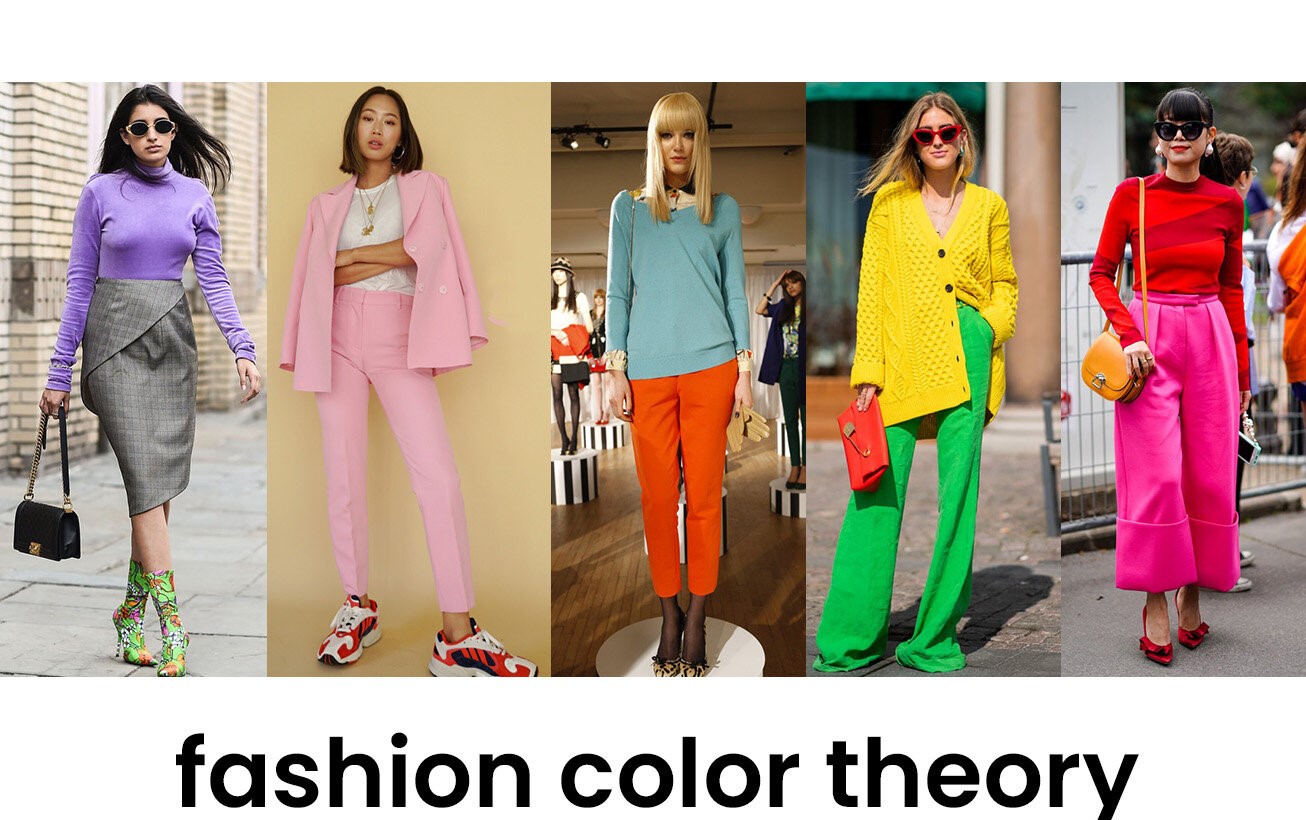
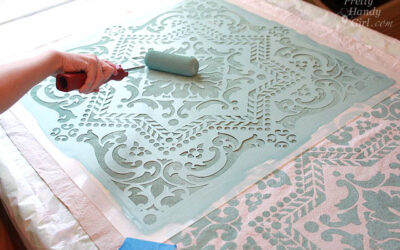
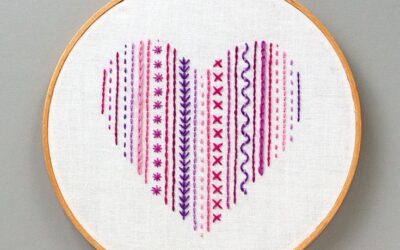
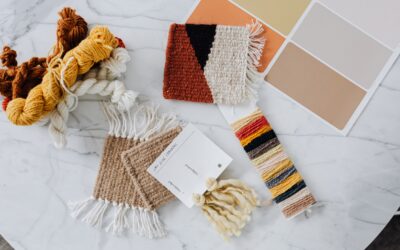



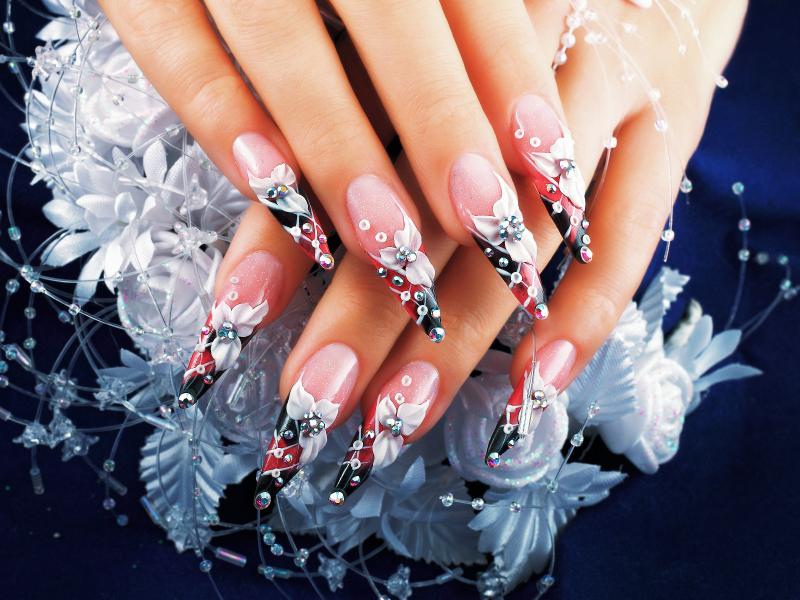
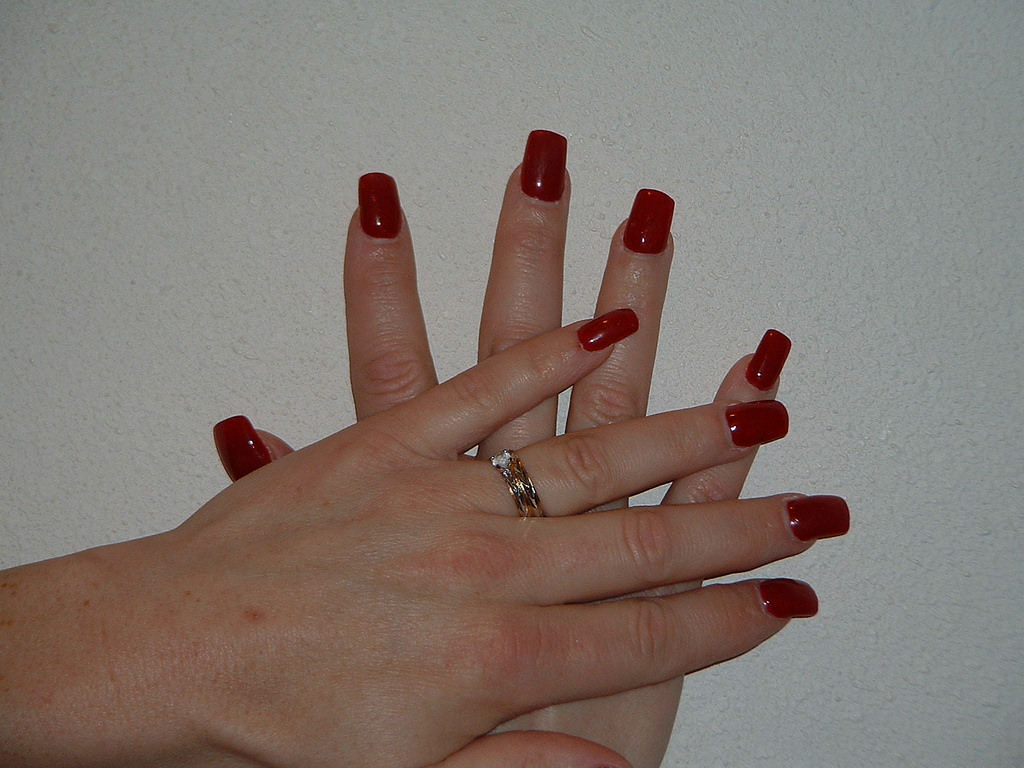
0 Comments